Retro Replay Review
Gameplay
Lost in Reefs presents a refreshing take on the match-three genre by blending deep customization options with a rewarding progression loop. Players can select between timed and non-timed modes to suit their playstyle, ensuring that both casual puzzlers and seasoned veterans feel right at home. The choice between square tiles, hexagonal tiles, or a mix of both introduces subtle shifts in strategy, keeping each puzzle fresh and engaging.
Beyond tile shape, the game offers three distinct play modes: Swap, Group, and Chain. In Swap mode, you carefully exchange pairs of tiles to align three or more in a row, while Group mode rewards you for spotting any cluster of identical tiles, regardless of shape or alignment. Chain mode takes it further by allowing freehand drags over matching tiles, enabling creative maneuvers that can clear large swaths of the board in a single gesture.
Puzzle challenges are elevated with locked tiles and boxed items that demand extra attention. Chains wrapped around key tiles must be matched to break free, and boxes conceal special rewards that only appear once you make a match adjacent to them. The addition of power-ups—like hammers to smash single tiles, bombs that obliterate clusters, mixers that reshuffle sections, and fluid blasts that eliminate random pieces—adds layers of tactical depth. Every level solved clears colored tiles and inches you closer to reconstructing the lost undersea metropolis.
Graphics
The visual presentation in Lost in Reefs is a standout feature, immersing players in the tranquil beauty of the ocean floor. Every level backdrop is richly detailed, from softly swaying kelp forests to the moss-covered walls of forgotten temples. Tile animations are crisp and colorful, making each match feel satisfying and impactful, especially when power-ups detonate or chain reactions ripple across the board.
Tile shapes—whether square, hexagonal, or mixed—are rendered with clear borders and subtle shading that help distinguish them in the heat of play. Special effects for unlocking chained tiles or popping boxed items are smooth and snappy, avoiding visual clutter even when the board is crowded. The dynamic water overlay adds a gentle shimmer, reinforcing the sense that you’re excavating relics beneath the waves.
The undersea city toolbar and building interface maintain the game’s cohesive art style. As you earn gold, fish, and tools from puzzles, watching new structures emerge on the map is a delight. Each building boasts its own design flourishes—cracked columns, glowing sea life, and coral-encrusted rooftops—giving you a palpable sense of restoration as your civilization comes back to life.
Story
Lost in Reefs weaves a simple yet compelling narrative: you have stumbled upon an ancient civilization buried beneath the ocean’s depths, and it’s up to you to rebuild and explore its secrets. This premise unfolds gradually through in-game journal entries and environmental storytelling, rewarding curious players who pay attention to every unlocked artifact or recovered mosaic.
The act of clearing puzzles directly ties into storytelling—boxed tiles often contain fragments of ancient pottery, inscriptions, or even mysterious sea creatures that once coexisted with the lost people. As you flush out these hidden items, short descriptive blurbs appear, piecing together the civilization’s technology, culture, and ultimate downfall. This mechanic gives each match-three challenge a tangible narrative weight.
While there are no lengthy cutscenes, the steady drip of lore serves the pacing well, ensuring the story never overshadows the puzzle gameplay. The thrill of revealing a new building blueprint or unearthing a centuries-old relic keeps motivation high, and the overarching goal of restoring the city’s grandeur provides a satisfying through-line from level one all the way to the final ruins.
Overall Experience
Combining highly customizable puzzles with a city-building progression system, Lost in Reefs delivers a unique and engaging experience for fans of both genres. The variety in tile shapes, play modes, and difficulty settings ensures that no two play sessions feel identical, while the gentle learning curve means newcomers won’t be overwhelmed by options.
The synergy between puzzle completion and city restoration gives a strong sense of forward momentum. Earning gold, fish, and tools feels genuinely rewarding as you unlock new buildings and uncover decorative elements for the undersea realm. This tangible feedback loop encourages continued play, whether you’re chasing personal bests in timed mode or leisurely exploring each artifact in non-timed mode.
Although the core mechanics are familiar to match-three veterans, the depth of customization and the cohesive undersea theme elevate Lost in Reefs above the competition. It’s a polished, replayable package that offers both quick puzzle fixes and long-term goals, making it a compelling choice for anyone looking to dive beneath the waves and rediscover a lost world.
 Retro Replay Retro Replay gaming reviews, news, emulation, geek stuff and more!
Retro Replay Retro Replay gaming reviews, news, emulation, geek stuff and more!
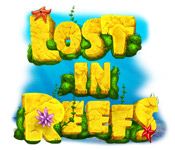
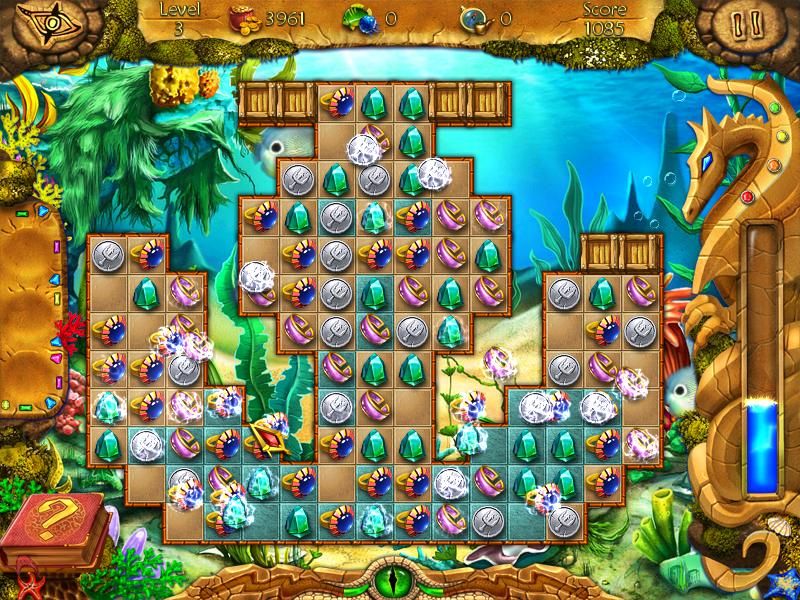
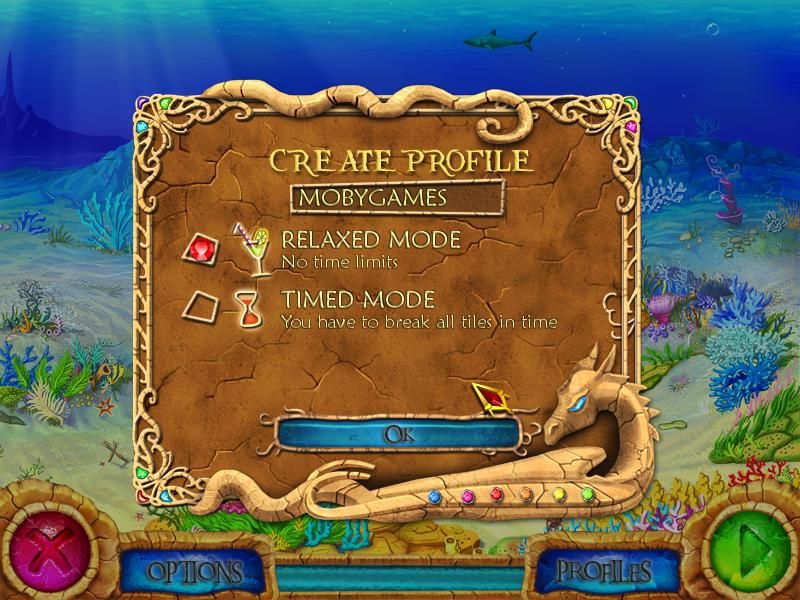
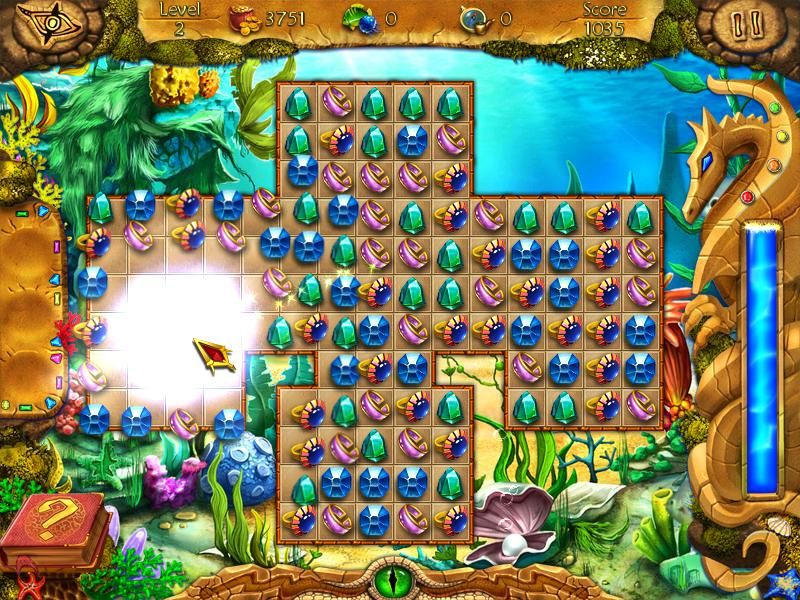
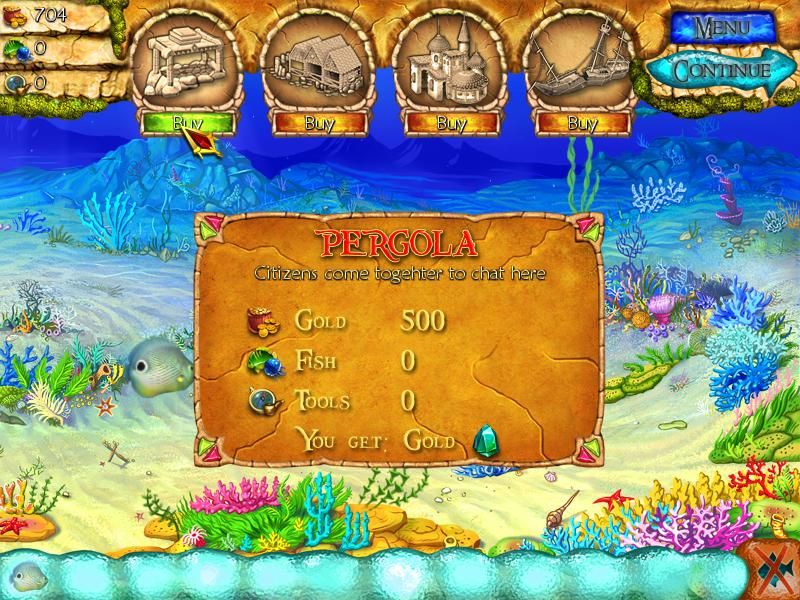
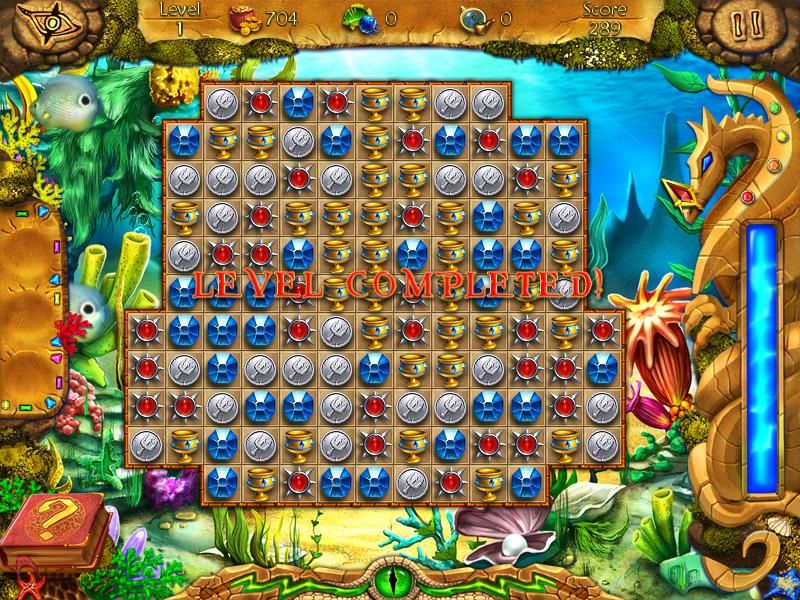



Reviews
There are no reviews yet.